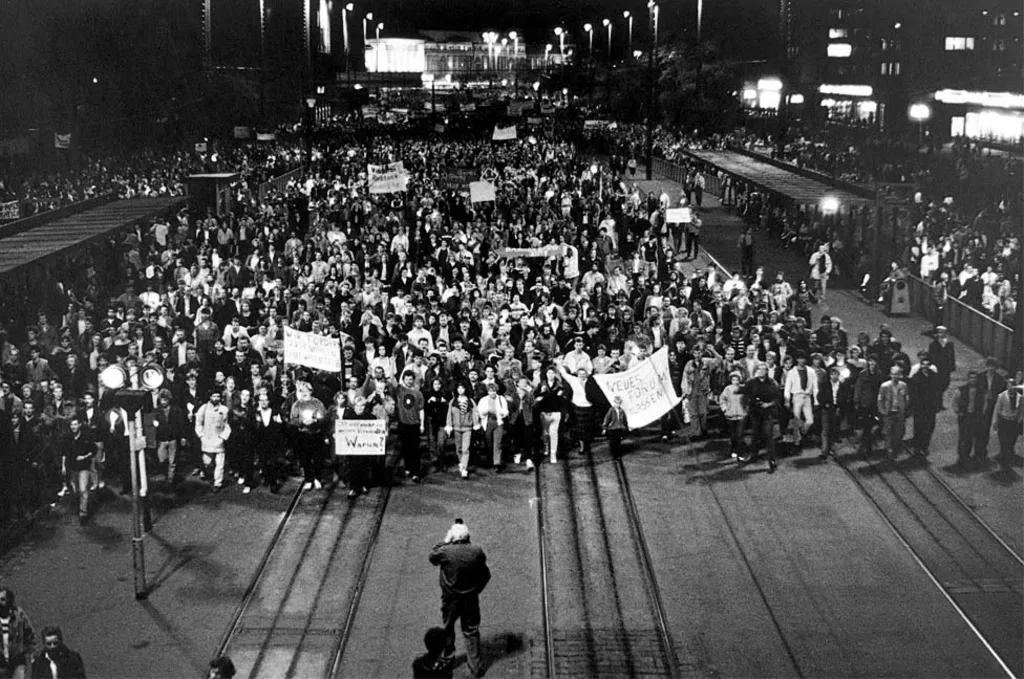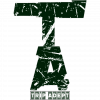The Cold War Divide
After World War II, Germany was divided into East and West, with the Eastern part becoming a communist state under Soviet influence and the Western part a democratic state supported by the Western Allies. Berlin, the capital, was also split into East and West, and in 1961, the East German government built the Berlin Wall to prevent its citizens from fleeing to the West.

Image: The Berlin Wall being constructed in 1961.
Life Behind the Wall
The Berlin Wall stood as a symbol of the Cold War, separating families and friends. Life in East Berlin was very different from the West, with limited freedoms and economic challenges. People risked their lives attempting to escape to the West for a chance at a better life.

Image: A view of East Berlin during the Cold War, showing the stark contrast between East and West.
Winds of Change
By the late 1980s, the Soviet Union’s control over Eastern Europe was weakening. In 1989, a wave of democratic movements swept across Eastern Europe, and East Germans began to demand greater freedoms and the right to travel.

Image: Peaceful protests in East Germany calling for political reform and freedom.
A Historic Announcement
On November 9, 1989, the East German government announced that citizens could cross the border freely. This news spread quickly, and thousands of East Berliners rushed to the Wall. In an astonishing turn of events, the border guards opened the gates, and people began to dismantle the Wall with hammers and picks.

Image: Joyful crowds gathering at the Berlin Wall on the night of November 9, 1989.
Celebrations and Reunions
The fall of the Berlin Wall was met with joyous celebrations. Families and friends who had been separated for decades were reunited. People from both sides danced, sang, and embraced on top of the Wall, marking the end of a divided Germany.

Image: Emotional reunions and celebrations as the Berlin Wall falls.
A New Era Begins
The fall of the Berlin Wall marked the beginning of the end of the Cold War. In the following years, East and West Germany were officially reunited on October 3, 1990. This event symbolized the triumph of freedom and democracy over division and oppression.

Image: The official reunification of Germany on October 3, 1990.
The Legacy of the Wall
Today, remnants of the Berlin Wall stand as a powerful reminder of the past. The East Side Gallery, a preserved section of the Wall, is covered with murals that celebrate freedom and unity. The Berlin Wall Memorial and Museum educate visitors about the Wall’s history and the stories of those who lived through it.

Image: The East Side Gallery, an open-air gallery on a section of the Berlin Wall, showcasing murals about freedom.
Remembering the Past, Building the Future
The fall of the Berlin Wall is a testament to the power of hope and the human spirit. It reminds us that even in the darkest times, people can come together to overcome division and build a better future.



